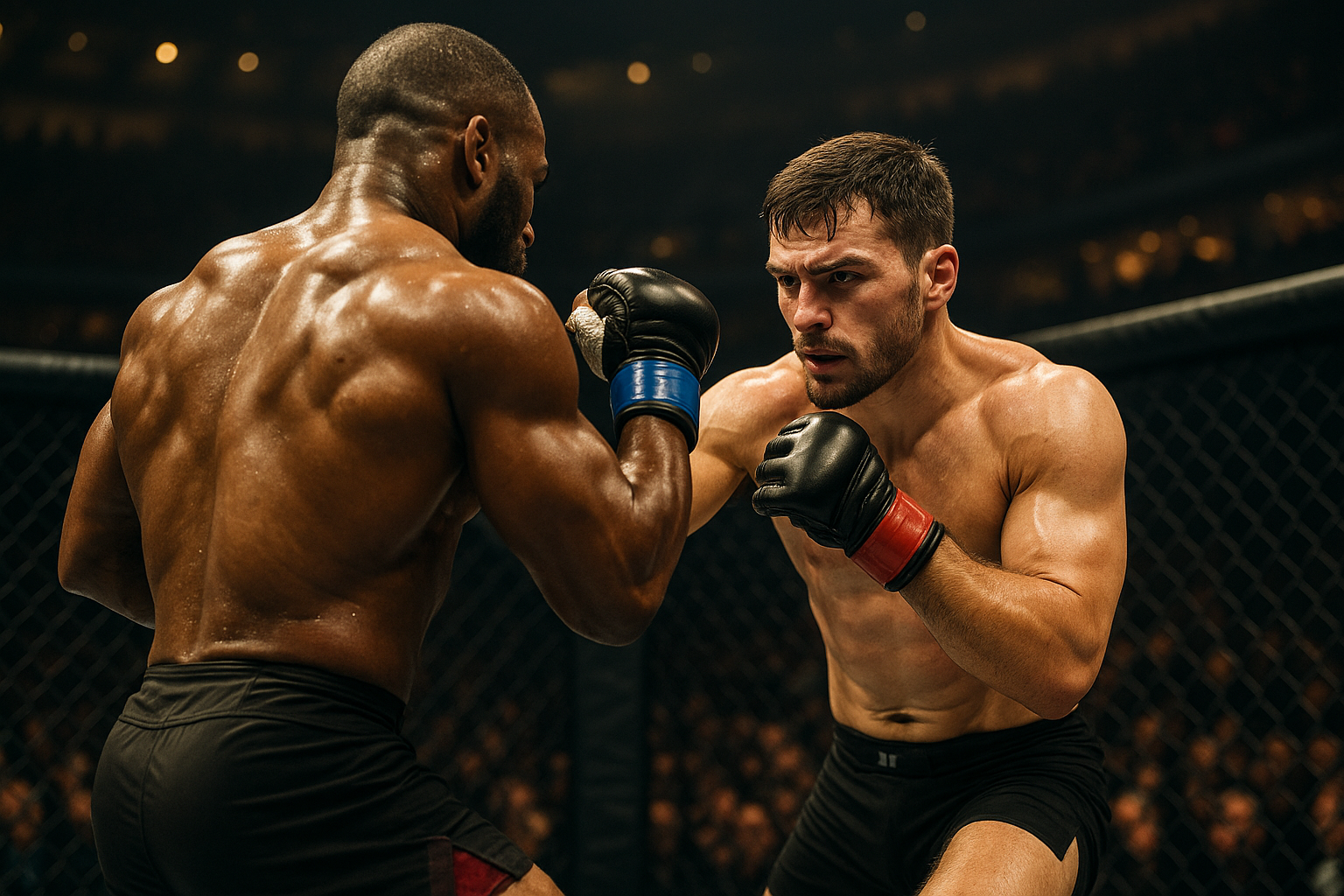Breaking Barriers: The Emergence of Mixed Martial Arts in the Mainstream
In recent decades, the sporting world has witnessed a dynamic shift in the popularity and acceptance of various sports. Among the most notable is the rise of mixed martial arts (MMA). Once sidelined as a brutal, niche combat sport, MMA has emerged as a mainstream spectacle, captivating global audiences and redefining perceptions about the nature of athletic competition.

The Genesis of Mixed Martial Arts
The roots of MMA can be traced back to the ancient Olympic Games in 648 BC, where an event known as Pankration—a fusion of boxing and wrestling—was introduced. However, the modern concept of MMA began to take shape in the 20th century, with the advent of Vale Tudo in Brazil and later the Ultimate Fighting Championship (UFC) in the United States.
The Ultimate Fighting Championship: Catalyst for Change
Launched in 1993, the UFC was initially marketed as a competition to determine the most effective martial art in a real fight. Despite early criticism over the lack of rules and perceived brutality, the UFC gradually implemented safety regulations, becoming a legitimate and regulated sport. Today, the UFC is the largest MMA promotion worldwide, hosting events with top-ranked fighters and drawing millions of viewers.
Training for the Octagon: The Athletic Demands of MMA
MMA is unique among sports due to its comprehensive physical demands. Fighters must possess strength, speed, endurance, flexibility, and technical skill across multiple disciplines. Training regimens are rigorous and varied, often incorporating elements from boxing, Brazilian jiu-jitsu, wrestling, and Muay Thai, among other martial arts.
The Draw of the Cage: MMA’s Growing Appeal
The rise of MMA is largely attributed to its raw and unpredictable nature. Unlike many traditional sports, MMA does not rely on a points system but is a true test of skill, strategy, and physical prowess. The intense competition, diverse fighting styles, and personal narratives of the fighters have made MMA a compelling spectacle for audiences worldwide.
The Future of Mixed Martial Arts: A New Era in Sports
As MMA continues to grow in popularity and acceptance, it’s reshaping the landscape of sports entertainment. The discipline’s emphasis on skill diversity, athletic performance, and strategic complexity has set a new bar in the world of competitive sports, potentially influencing future trends in athletic training and competition.
This journey of MMA, from a controversial fringe sport to a global phenomenon, is a testament to the evolving nature of athletic competition and the human spirit. It’s a reminder that sports, at their core, are a reflection of our societal values and a platform for athletes to push the limits of human potential.






